The new film slitting machine escorts the product quality
Through high-precision control, intelligent detection and stability optimization, the new film slitting machine provides all-round guarantee for the slitting quality of film products (such as packaging film, optical film, new energy battery separator, etc.). The following are its core technical highlights and quality control solutions:
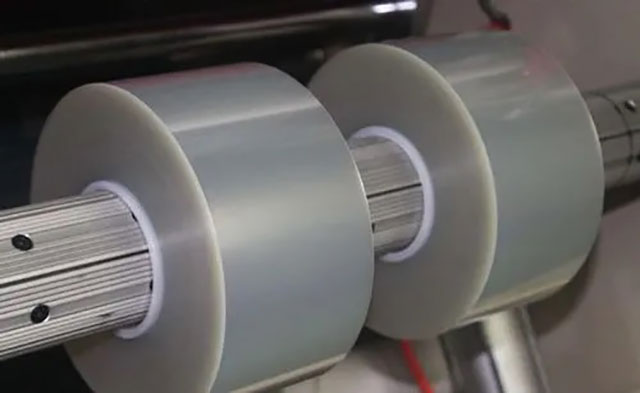
1. Precise slitting to ensure core indicators
1. Nanoscale guiding system
◦ CCD laser scanning + air flotation correction device is used to monitor the edge position of the film in real time, and dynamically adjust the deviation (accuracy ±0.05mm) to solve the problem of serpentine transport in traditional slitting.
◦ It is especially suitable for precision slitting of transparent films and ultra-thin films (such as lithium battery separators below 5μm).
2. Adaptive tension control
◦ Multi-stage closed-loop tension control (independent adjustment of rewinding/unwinding/transition zone), with high-response servo motor, tension fluctuation ≤ 0.5N, to avoid tensile deformation or wrinkles.
◦ For elastic films (e.g., PE stretch films), the elastic compensation mode can be enabled to prevent uneven winding caused by springback.
2. Intelligent defect detection to eliminate defective products
1. On-line quality monitoring system
◦ Integrated high-speed line scan camera + AI algorithm to detect scratches, bubbles, foreign objects and other defects in the slitting process in real time (minimum recognition size 10μm), automatically mark and trigger sorting.
◦ Optional infrared spectrometer for coating uniformity detection of functional films such as high-barrier aluminized films.
2. Fully automatic dust removal and static removal
◦ Ionizing air bar + non-contact dust removal device reduces dust adsorption in the slitting process, especially for the production of optical films (such as polarizers and OCA adhesive films).

3. Stability enhancement design
1. Constant temperature slitting environment
◦ The tool shaft and guide rail are equipped with a constant temperature cooling system, and the temperature fluctuation is ±1°C to prevent the slitting width drift caused by thermal expansion (suitable for PC/PET and other heat-sensitive materials).
2. Zero-contact slitting technology
◦ Air suspension knife holder or ultrasonic slitting knife is used to reduce mechanical friction, and the edge burr ≤ 20 μm (the traditional blade slitting burr is about 50-100 μm).
Fourth, the closed loop of digital management
1. Whole-process data traceability
◦ Record the slitting parameters, quality reports, operators and other information of each roll of film through the MES system, and support QR code traceability.
2. Predictive maintenance
◦ Vibration sensor + AI analyzes the wear status of the tool shaft, warns the replacement cycle in advance, and reduces the sudden failure rate.
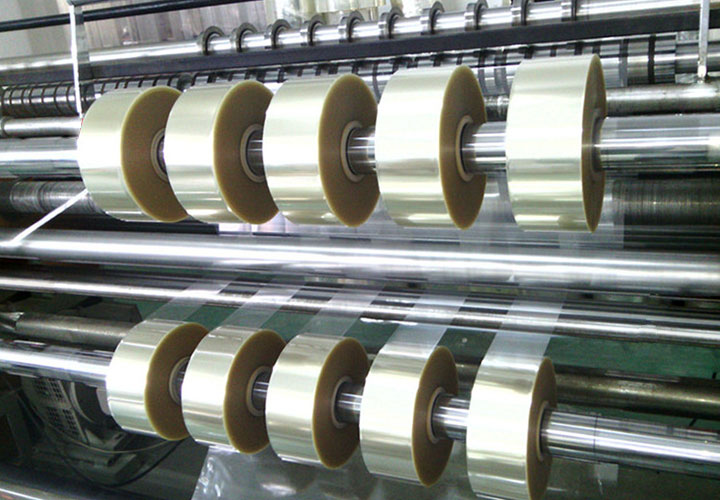
5. Comparison of typical application scenarios
| Film type | Key challenges | Slitting machine coping plan |
| Lithium battery separator | Ultra-thin and easy to break, hole detection | Zero-contact slitting + AI detection of micro-defects |
| Food packaging composite film | The tension of the multi-layer material is uneven | Multi-segment independent tension + edge ultrasonic edge banding |
| Flexible display substrate film | Dust-free and static-free | Fully enclosed clean cabin + ionized air dust removal system |
Recommendations for selection
• High value-added membranes (e.g. medical dialysis membranes): It is recommended to add a Class 1000 clean slitting chamber.
• Ultra-wide slitting (width >5m): double guiding system + multi-tool synchronous control module needs to be customized.
This type of equipment needs to be customized according to the material characteristics of the film (elongation, coefficient of friction, etc.) and the end use (e.g., medical grade, electronic grade), and it is recommended to provide specific material parameters to optimize the configuration scheme.
Recent Post
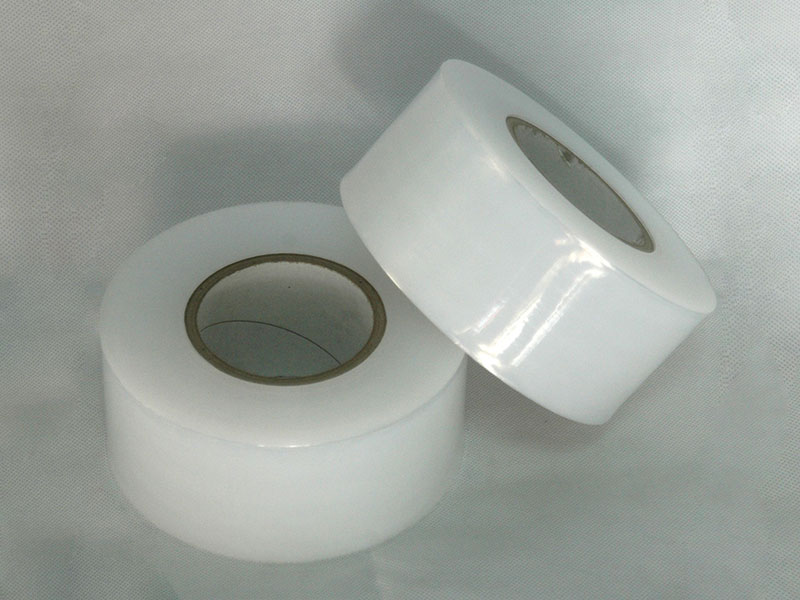 Damage-free slitting! How does a film slitting machine ensure that the edge of the material is smooth and burr-free?12. April, 2025
Damage-free slitting! How does a film slitting machine ensure that the edge of the material is smooth and burr-free?12. April, 2025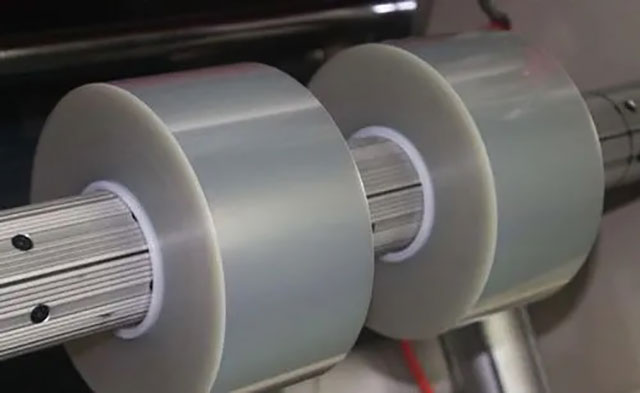 The core technology of film slitting machine: how to achieve micron-level precision slitting?11. April, 2025
The core technology of film slitting machine: how to achieve micron-level precision slitting?11. April, 2025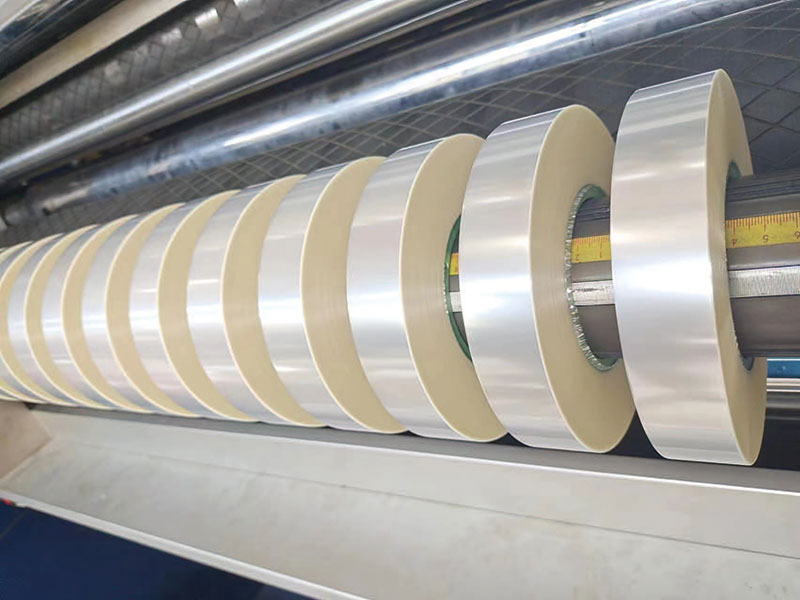 Responding to market demand: Film slitting machine offers personalized customized solutions10. April, 2025
Responding to market demand: Film slitting machine offers personalized customized solutions10. April, 2025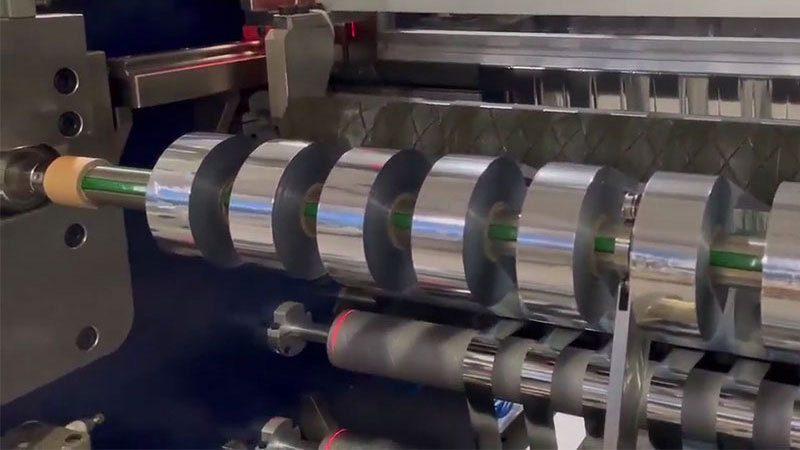 Innovative and upgraded solutions for hot stamping film slitting machine - to respond to market changes with precision and flexibility09. April, 2025
Innovative and upgraded solutions for hot stamping film slitting machine - to respond to market changes with precision and flexibility09. April, 2025
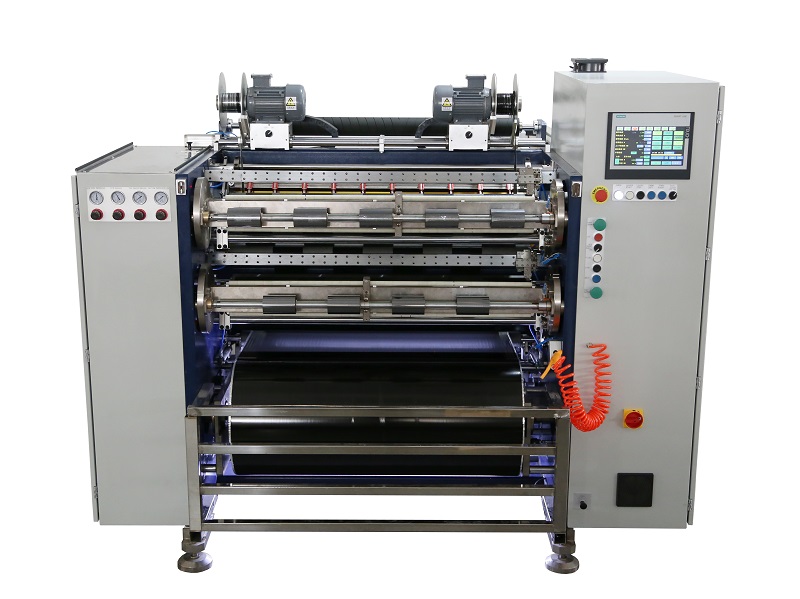 Fully Automatic TTR Slitter RSDS8 Plus
Fully Automatic TTR Slitter RSDS8 Plus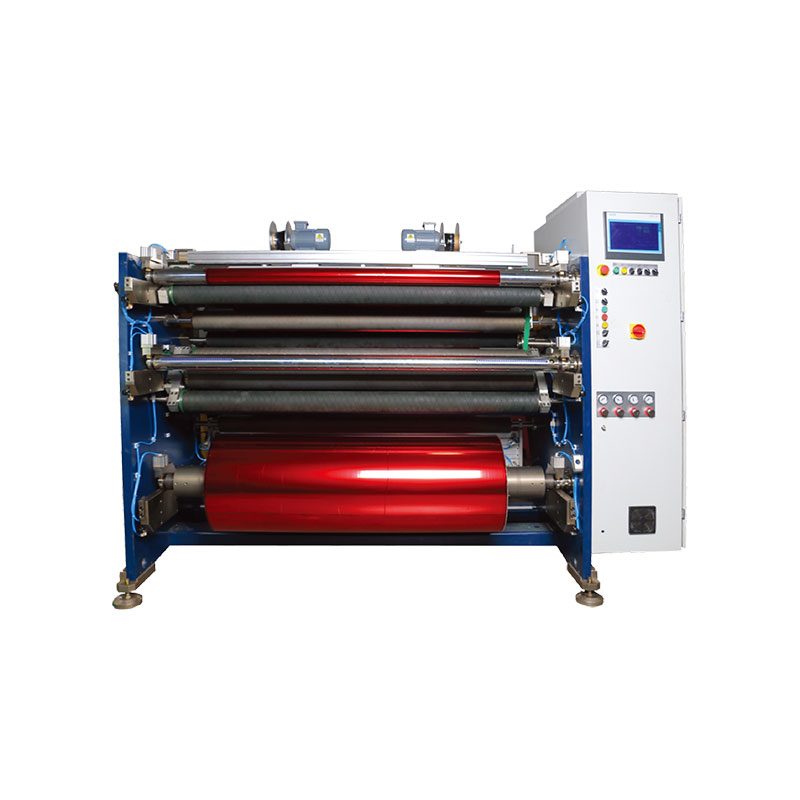 Hot Stamping Foil Slitter 1600mm
Hot Stamping Foil Slitter 1600mm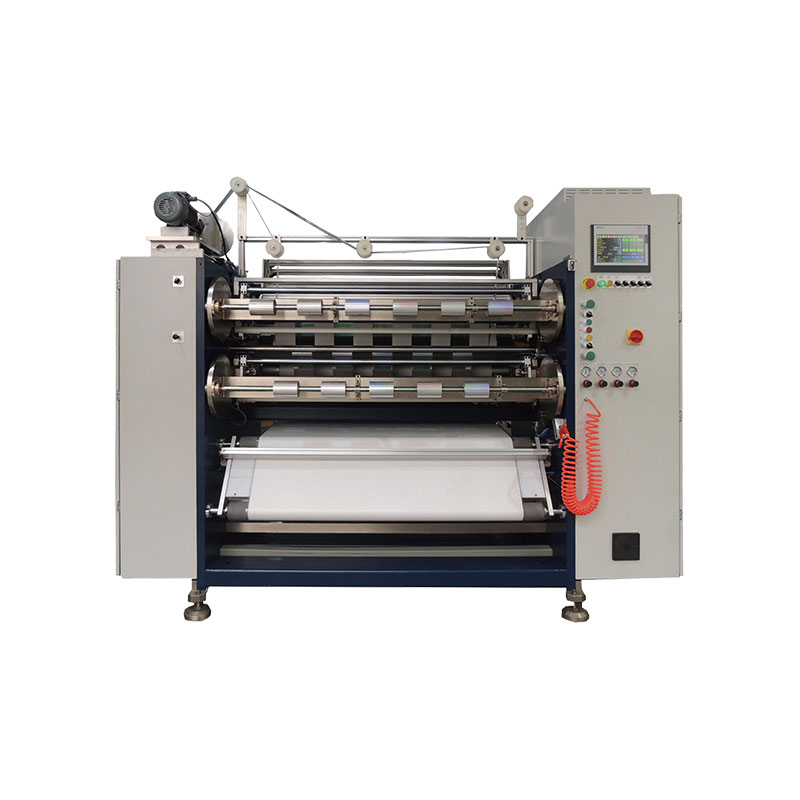 Hot Stamping Foil Slitter (4 Shafts)
Hot Stamping Foil Slitter (4 Shafts)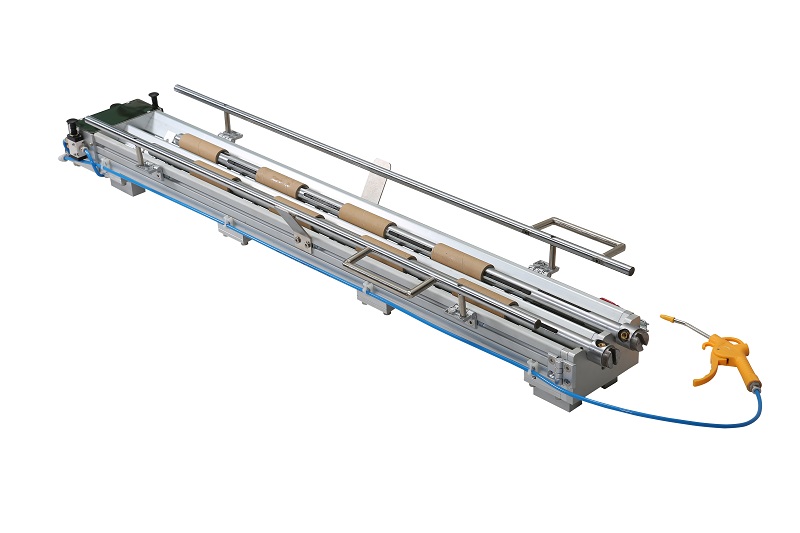 Paper Core Loading Machine
Paper Core Loading Machine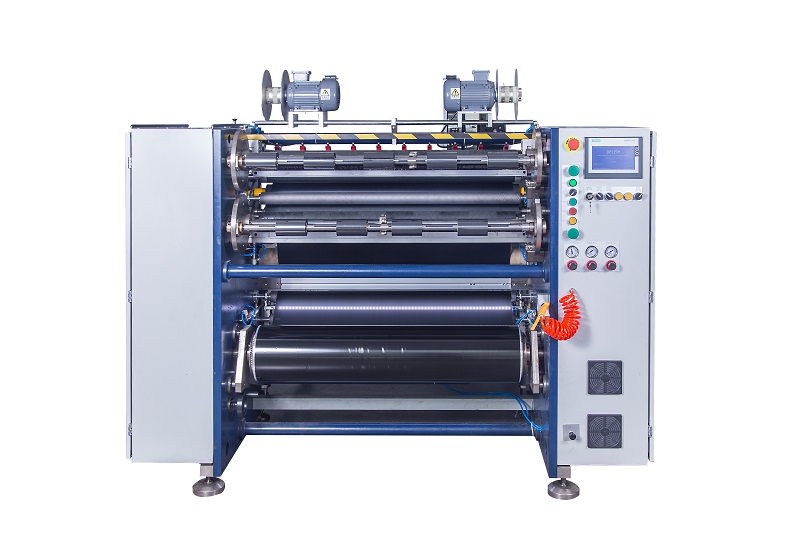 Semi-Auto TTR Slitter RSDS2 Plus
Semi-Auto TTR Slitter RSDS2 Plus Semi Automatic TTR Slitter RSDS5 Plus
Semi Automatic TTR Slitter RSDS5 Plus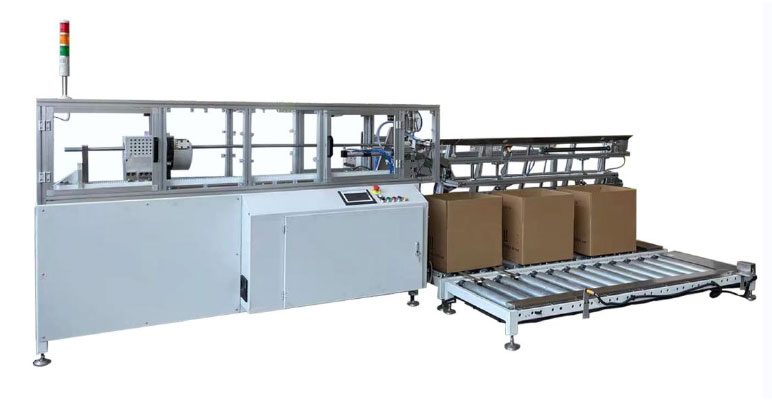 Auto Paper Core Cutter
Auto Paper Core Cutter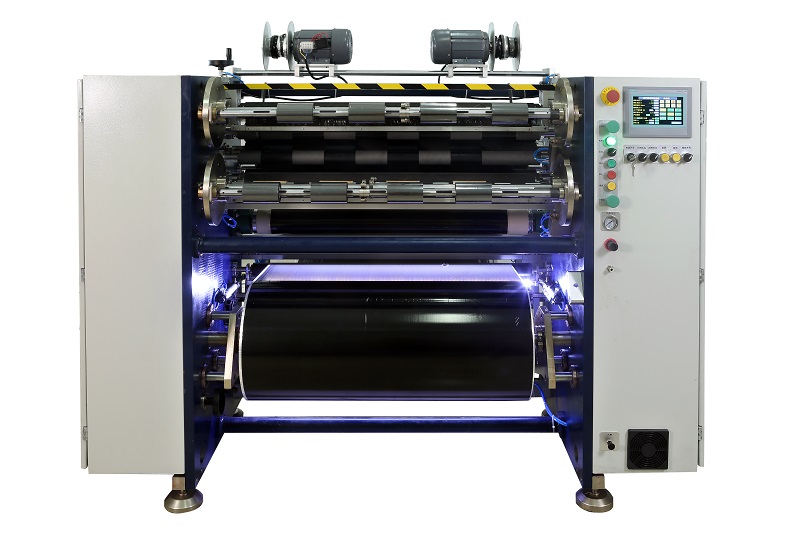 Manual TTR Slitter RSDS2
Manual TTR Slitter RSDS2





